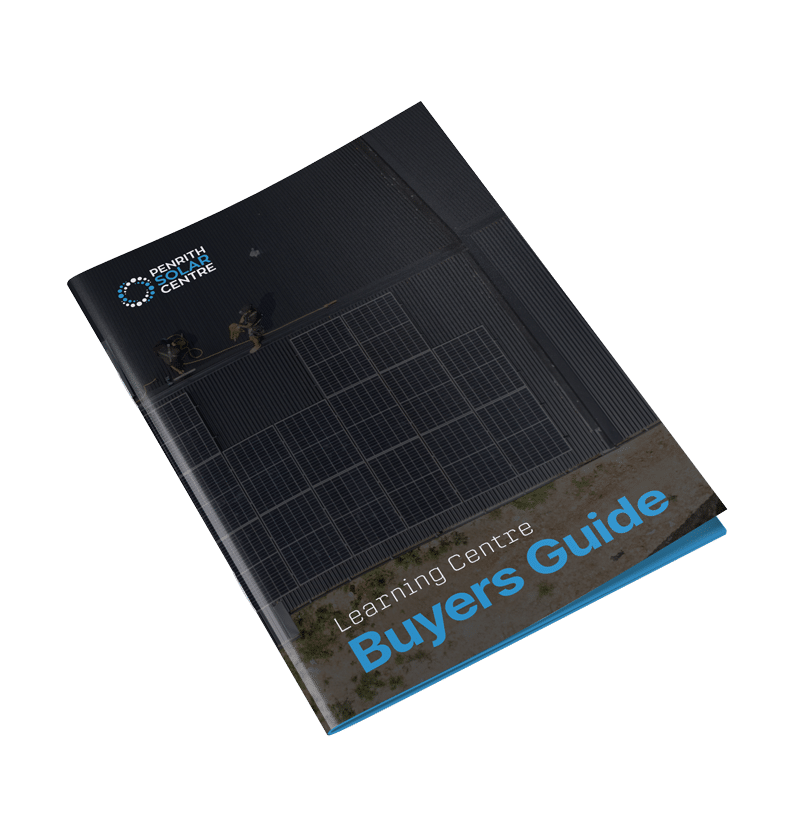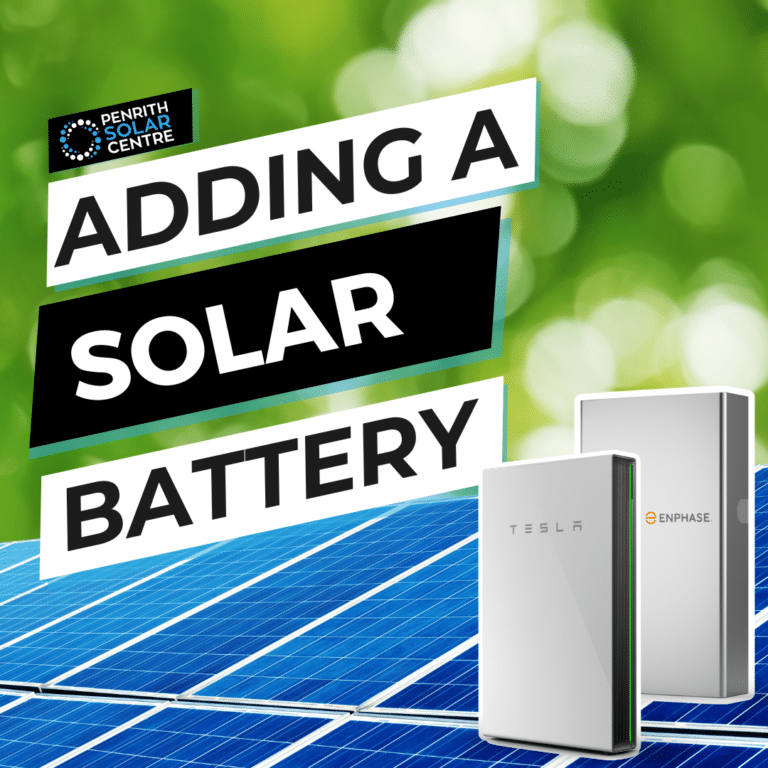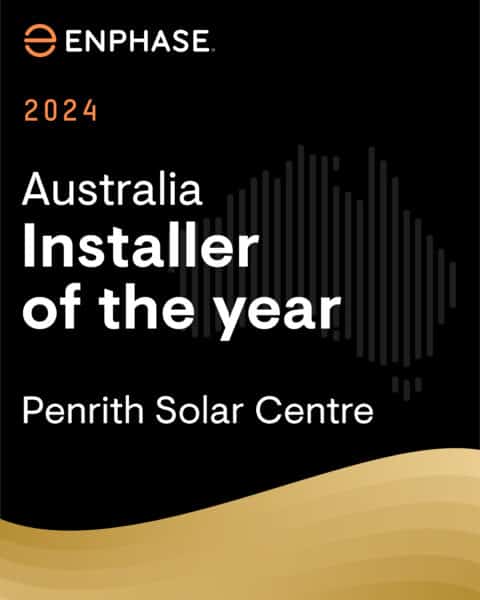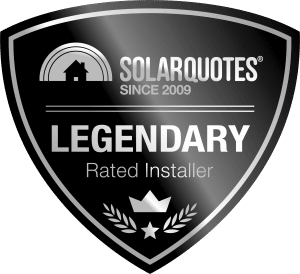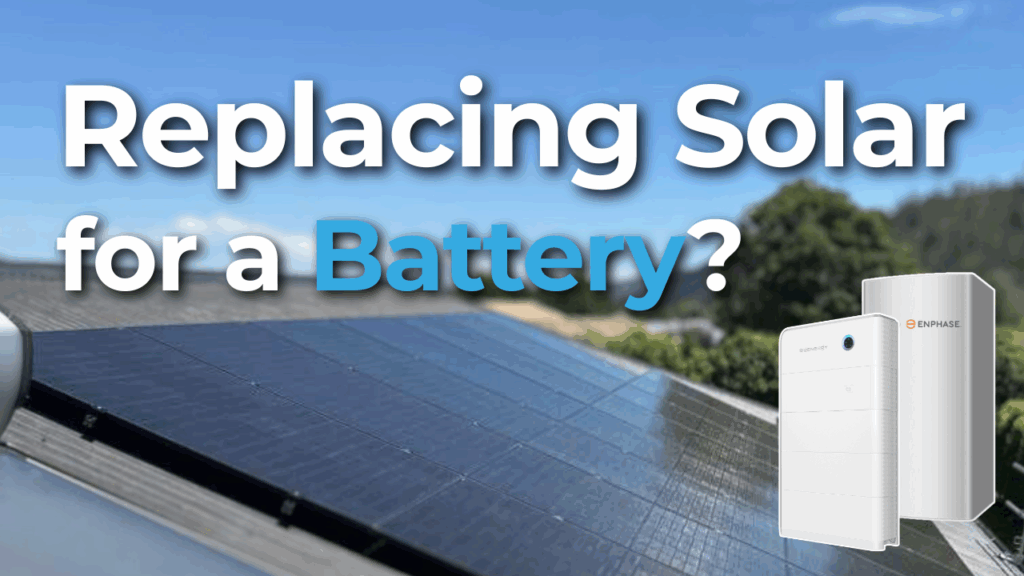
With the arrival of the federal solar battery rebate, a lot of information and misinformation is flying around the solar industry. We’re here to clear some of that up today.
You might have heard that if you want to add a battery, you’ll need to replace your whole solar system. Some installers say it’s the only way to do it right. Others say you can just plug in a battery and move on.
Both answers are true, depending on your system and your goals.
At PSC Energy, we understand that if you already have solar and it’s working well, it might feel wrong to throw it out. We agree with you. We might have even installed your solar system.
But at the same time, you may want better performance, more backup power, or a more complete energy system. These goals may not work with the gear you’ve already got.
In this article, you’ll learn about the following:
- Why This Solar Panel and Battery Question Matters More Now
- Why AC-Coupling Might Be the Right Choice for Your Solar Panel System
- When It Makes Sense to Replace Your Energy System
- Sizing Your Solar Battery the Smart Way
- Planning for Backup Power with a Solar Battery
By the end of this article, you’ll know when it makes sense to keep your solar system and add a battery, and when replacing it is the smarter choice.
Let’s look at the key things you need to think about.
Why This Solar Panel and Battery Question Matters More Now
The government battery rebate has created a lot of interest in adding battery storage to solar systems. That’s a good thing. Storing solar energy helps you save money, lower your bills, and keep the lights on during blackouts.
But it’s also led to mixed messages. Some people are being told to rip off their panels and start over. Others are told to keep everything, even if it’s not suited to what they want from a battery.
Here’s the truth: It depends on the age and condition of your system. But even more than that, it depends on what kind of battery system you want and how much control you want over your energy use.
When You Can Keep Your Existing Solar System
You can usually keep your current solar system if:
- It’s less than 5 years old.
- It still performs well.
- It meets current safety rules.
- It was correctly installed.
- You’re happy with its performance.
If you already have a working inverter, you can add a battery using AC-coupling. That means the battery is wired into your switchboard, rather than directly to your panels.
If you’re interested in learning a bit more about the federal solar rebate, also known as the Federal Cheaper Home Batteries Program, you might want to check out the following article titled, What the 2025 Federal Election and the Government Rebate Means for Solar Batteries in Australia.
Power up your savings. Click here.
Why AC-Coupling Might Be the Right Choice for Your Solar Panel System
If your inverter still works and you don’t want to waste it, AC-coupling lets you keep it. It’s the most common method of adding a battery to an existing solar system.
Here’s how AC-coupling works:
- Your solar panels feed power to your inverter.
- The inverter sends power into your home or back to the grid.
- An AC-coupled battery listens for any leftover power.
- It stores that leftover energy so you can use it later.
Pros of AC-coupling:
- You get to keep your existing inverter.
- It’s easier to install than a complete system replacement.
- It’s often cheaper upfront.
- It works well for most homes.
Cons of AC-coupling:
- The battery has to charge through the inverter, so it’s less efficient than DC-coupling.
- You might not get full backup support in a blackout.
- It can be harder to track everything across multiple energy use monitoring apps.
If your goals are simple — store solar for later, reduce bills, and get some basic backup — AC-coupling is a solid option.
If you’re interested in learning about types of solar batteries, you might want to check out the following article titled, AC-coupled Battery vs. DC-coupled Solar Batteries.
Let’s talk solar savings. Click here.
When It Makes Sense to Replace Your Energy System
Sometimes, keeping your existing system holds you back. This can happen if:
- Your inverter is too old or doesn’t meet safety rules.
- Your system is too small to charge a battery well.
- You want full home backup, not just partial.
- You want to install a complete energy management system.
In these cases, it might be better to replace your whole system. This gives you a fresh start and allows you to install a DC-coupled whole energy system.
Why System Type Matters More Than You Think
If you only want a basic battery, your old system might be fine. But if you want more control, better backup, and smarter features, your old inverter could get in the way.
Some of the most advanced energy systems use DC-coupled batteries. These systems bring together:
- Solar panels.
- A smart inverter.
- A battery.
- Backup power features.
- Energy monitoring in one package.
When everything is installed together, the system can work more efficiently. Power goes directly from your panels into your battery without changing form. This reduces loss and increases charging speed. You can also monitor everything from one app.
These systems are designed to run your whole home, even during a blackout. They give you more control and work better with electric vehicles, heat pumps, and smart appliances.
To get the full value from these systems, replacing your existing panels and inverter often makes sense. You don’t have to, but it can make the whole system work better as one.
If you’re interested in learning a bit more about the NSW solar battery rebate, you might want to check out the following article titled, Everything You Need to Know About the Home Battery Rebate for NSW.
Ready to go solar? Click here.
Sizing Your Solar Battery the Smart Way
Choosing the right battery size depends on many things:
- How much solar energy do you make?
- How much energy do you use at night?
- What kind of backup power do you want?
- Whether your system is efficient all year round.
Let’s take a 10kW solar system in Sydney as an example.
- On a good summer day, it might make up to 60kWh.
- On a winter day, it might only make 18 to 20kWh.
- Most homes use about 20 to 30kWh each day.
That means:
- In summer, you might have 20 to 30kWh left over to store.
- In winter, you might only have 10 to 15kWh spare.
If you buy a 30kWh battery to capture summer energy, you’ll be disappointed in winter. It won’t fill up, and you won’t get the return you hoped for.
General sizing guide:
- A 5kW solar system pairs well with a 10kWh battery.
- A 10kW solar system can support up to 20kWh of storage.
- The battery should match what your system can handle in winter, not just summer.
If you have energy monitoring, you can see how much you export each day. That’s the power you’re not using — and that’s what your battery should aim to store.
How Your Daily Habits Affect Battery Size
Not everyone needs the same size battery. It depends on how and when you use electricity.
If you use energy during the day, you’re already using your solar. You may not need a large battery. But if your house is empty during the day and everyone comes home at night, a bigger battery is better.
Think about your evening needs:
- Do you run the dishwasher at night?
- Do you use heating or cooling?
- Do you watch TV or charge devices in the evening?
A battery makes a bigger difference if most of your power use happens after sunset.
If you’re interested in learning a bit more about expanding your energy system, you might want to check out the following article titled, Expanding Your Solar Panel System with Batteries and Add-Ons.
Get started with solar. Click here.
Planning for Backup Power with a Solar Battery
Batteries are also good for keeping your home running during blackouts. However, not all systems provide the same backup.
- A 10kWh battery might give you 5kWh for daily use and 5kWh for emergencies.
- A 15kWh battery could give you 10kWh for daily use and 5kWh for backup.
Some advanced systems can save a part of the battery for when bad weather is coming. The system watches the weather and charges the battery early to prepare for storms.
If your home runs on a single-phase power, your battery can often support the whole house. But if you have three-phase power, your battery might only support one-third of your home. You’ll need to choose which items are most important to keep running.
That could be:
- Your fridge.
- Some lights.
- Your internet or work devices.
Your installer can help you choose what to back up based on your needs.
If you’re interested in learning a bit more about installing a single-phase battery like the Powerwall 3 on a three-phase site, you might want to check out the following article titled, Can I Install a Single-Phase Battery on a Three-Phase Home?
Let’s go solar today. Click here.
What to Do Next
Ask yourself what you want from your battery. Is it basic savings and storage? Or do you want a more intelligent, more powerful system that gives you backup, control, and room to grow?
Keep your solar system if:
- It’s still young and safe.
- You’re happy with basic battery storage.
- You don’t plan to grow your energy needs.
Replace your solar system if:
- Your inverter is old or limiting.
- You want whole-home backup.
- You want to future-proof your setup.
- You want to switch to a DC-coupled all-in-one system.
At PSC Energy, we understand both types of systems. We install batteries as AC-coupled or DC-coupled every day. The goal is to match your gear with your goals, not to sell you something you don’t need. Your energy use and your home are unique. Your system should be too.
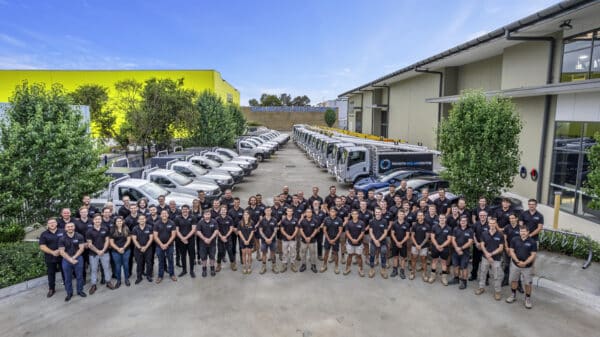
If you’d like to learn a bit more about SigenStor from Sigenergy, one of our top-selling batteries, you might want to check out the following article titled, Sigenergy SigenStor Quietly Becomes Australia’s Top Solar Battery Brand.

